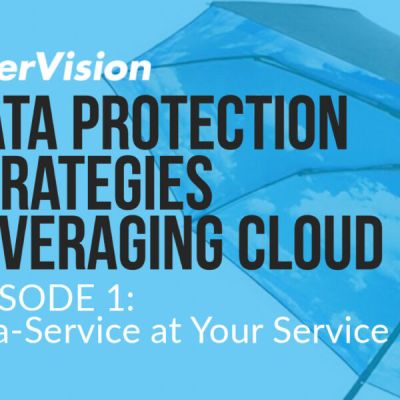The purpose of a DR plan is to provide the rest of your organization with the confidence that when a disastrous event occurs, you can recover. But there are a lot of disaster types these days.
With the list of possible disruptive events that can take a business offline growing in number year over year, it’s no surprise so many organizations’ leaders are now asking IT departments to strengthen their stance against these threats. But what role can DRaaS and the cloud play in ensuring this greater resiliency?
Disaster Recovery as a Service (DRaaS), like its cousin Backup as a Service (BaaS), provides technology to ensure business continuity, a target site and infrastructure, and the management of the process that it takes to ensure its success—all delivered to you as a service. The key for DRaaS is that the target site and infrastructure are in the cloud, rather than in a on-premises datacenter as a traditional DR solution might usually entail. The management is provided by a team of professionals who live and breathe DR and backups, which allows your IT staff to reallocate valuable time to business projects of greater daily importance.
A recovery time objective (RTO) means the time it takes to stand up the disrupted technology, but the problem is that it’s not True RTO.
Deciding which target or targets are right for your DRaaS strategy can be complex. Some of the factors end up being tradeoffs, speed vs. cost.






